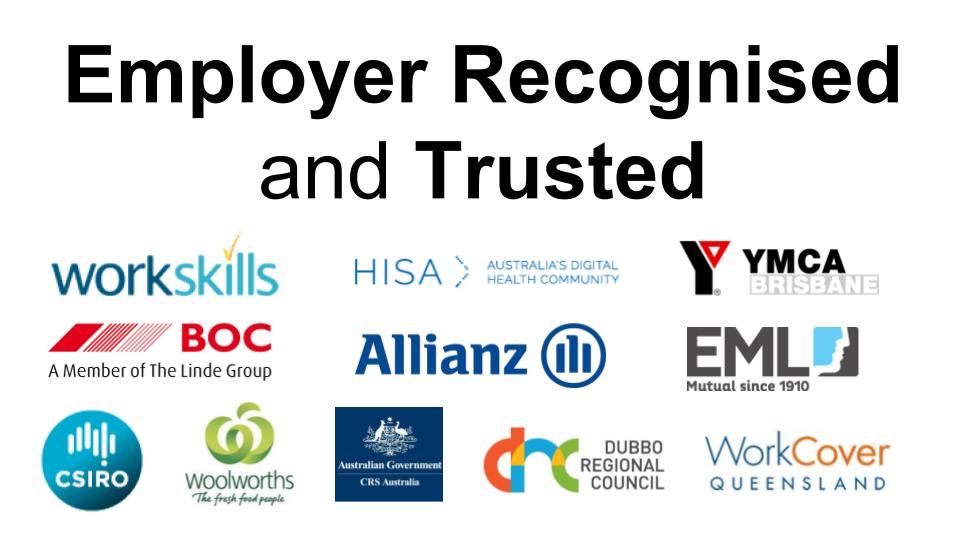Breaking News & Updates
Xero’s financial report reveals BIG loss but share price pop. - eepurl.com/isNmKQ
How Teleworking Began in Australia

In 2011, the then-Gillard Government introduced a teleworking initiative, established to encourage private sector employers to allow their employees to regularly work from home. The teleworking initiative was soon followed by Gillard’s own commitment in 2012 to have 12 percent of all Australian public servants teleworking by 2020. But the initiative also served another purpose: to promote the use of the national broadband network (NBN).
That was then. By 2013, the Gillard Government had been ousted, and the NBN has been through many different incarnations since it was first announced – it’s still moving forward, albeit as a significantly scaled back offering to what was originally proposed. Also ousted in 2013 was the Department of Broadband Communications and the Digital Economy (DBCDE), which oversaw the Government’s Teleworking initiative.
In place of the DBCDE, the Government formed the Department of Communications. It’s primary functions are the same as the DBCDE’s, with one exception: there’s no teleworking initiative, which has ostensibly gone the way of the clog (remember those?). For whatever reason, it now appears that the Federal Government isn’t very interested in encouraging Australian businesses to have their staff telework or to utilise teleworkers, who may be scattered across Australia.
Employed Teleworkers not Independent Contractors?
Could it be that the telework initiative stepped on the toes of various of state and territory level telework initiatives that involved funding, what the NSW Government has dubbed, Smart Work Hubs? Smart Work Hubs, like the one at Wyong on the NSW Central Coast, are essentially co-working spaces established to encourage employers to allow their staff to telework – from one of the government-funded smart hubs, of course.
This is an interesting move, but it relies on people who are already employed and already commuting to a major city centre or business district to utilise the smart hubs, which come at a cost to either the employee or their employer. The locations of the existing five pilot smart hubs in NSW are already located in major areas – Western City and the Central Coast; all areas with easy access to high speed internet services.
For more smarts to be rolled out in other regional areas – Newcastle is rumoured to be next – the existing ones need to prove they’re worth the investment, and that relies on numbers. A significant number of teleworkers, the emphasis here being on teleworkers and not the self-employed, need to be using the smart work hubs regularly enough for the NSW Government to rollout the next phase of smart work hubs.
But as I hinted before, this relies on people who already have access to high-speed internet services at their home and who are still within commuting distance to their place of work, to be willing to pay to telework regularly. Maybe the reason the Federal Government really scrapped its teleworking initiative had nothing to do with the NSW Government’s smart work hubs at all. Maybe it had more to do with it’s new-look NBN.
What the scaled back NBN really looks like
When the NBN was originally proposed, the original plan was to deploy high-speed-to-the-premises (FTTP) broadband for most Australians, but that was soon ditched by the Abbott Government for being too expensive. The new-look NBN now consists of a mixed network that prioritises fibre-to-the-node (FTTN) technology, which means that fibre optic cables are run to each internet node and the rest of the connection is completed through Telstra’s ageing copper wire network.
Under this NBN, the speed of your internet will vary on how far you live from the node. The further away you live, the slower it will be. But it’s okay, the Government has promised that the slowest NBN speeds could ever get to is 25 Megabits per second (Mbps), the same speed the US Federal Communications Commission defined as the absolute bare minimum to be able to call an internet connection broadband.
The other issue, of course, remains the copper wire network, which the Government now has to buy back off Telstra for $11bn (after the Howard Government sold it to Telstra a decade ago) when it discovered there was a lack of infrastructure in most regional areas of Australia that prevented many households from even connecting to the exchange, never mind the port – as well as some households in major cities.
So what now for teleworkers?
If you’re a teleworker and you live near a NSW Government smart work hub, use it. Certain hubs offer discounts to the NSW Government’s definition of a teleworker – someone who usually commutes to their workplace – while the self-employed can still reap the benefit of working from a smart hub, which are located near or offer child minding facilities, cafes, parking, and gyms.
If you were counting on the NBN to make it easier to work remotely or start your own business, don’t give up on it yet. The Government knows that the key to remaining competitive in the global marketplace is to have access to high-speed telecommunications networks, so the NBN is still, and will continue to be, a major priority.
If you’d like to start your own home-based business, but don’t know where to go for advice and support now that the Government has, seemingly, abandoned it’s teleworking initiative, visit the WorkFace website. WorkFace is an EzyLearn business partner made up of a network of teleworking professionals who have helped many EzyLearn graduates start their own home-based virtual assistant businesses.
Blogging is a Teleworking Task
The article you’re reading is part of the EzyLearn blog and this work can be done from anywhere in the world so it’s a popular outsourced task. If you want to explore blogging for your business or want to learn how it works so you can offer it as a service then discover our Blogging for Business Online Training Course.
-- Did you like what you read? Want to receive these posts via email when they are published? Subscribe below.











[…] that’s probably not the reason the prime minister made no mention of the NBN. Earlier this year, we published an in-depth look at the NBN after it was scaled back when the Coalition government took power in 2013, which drew a […]